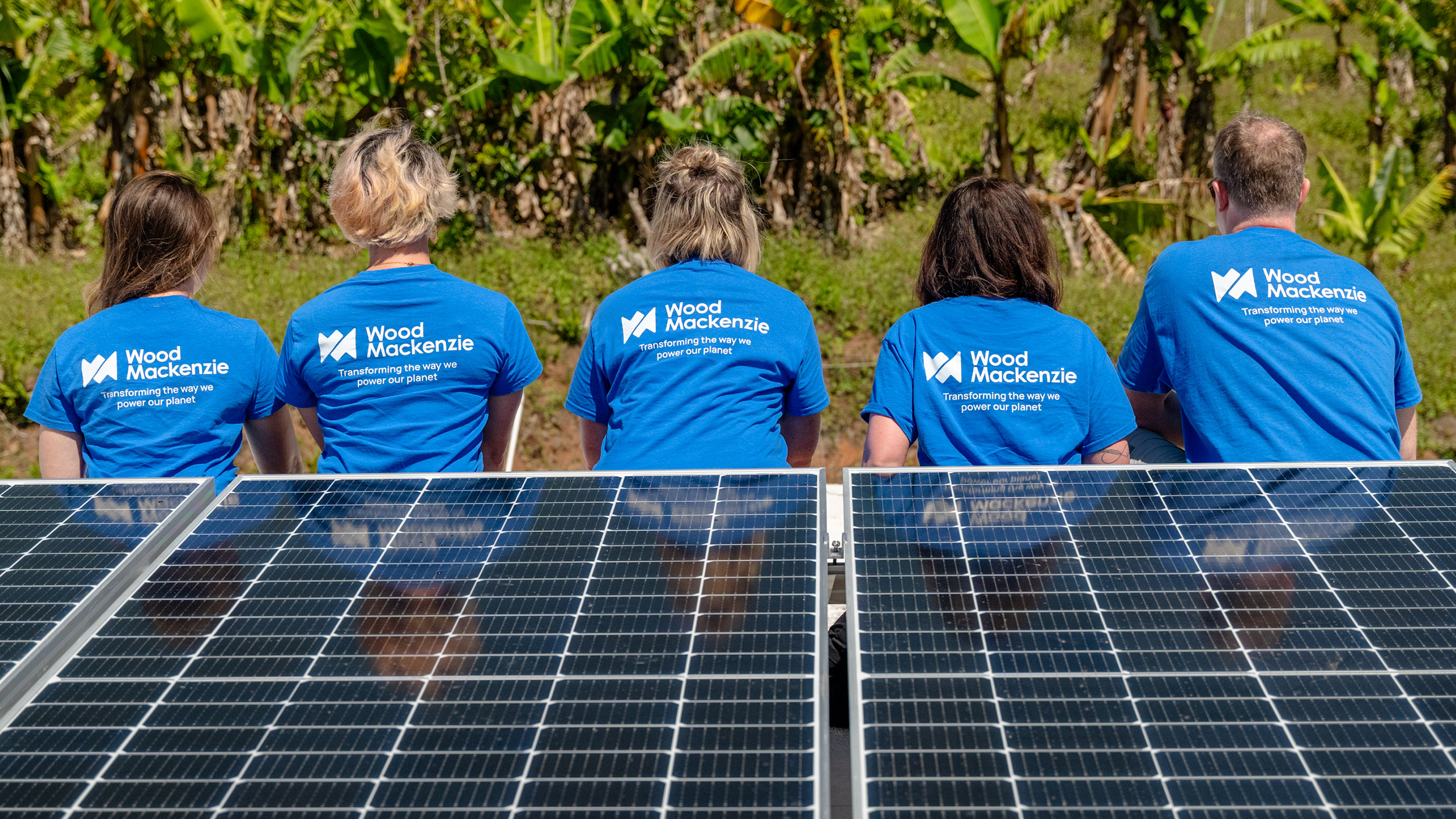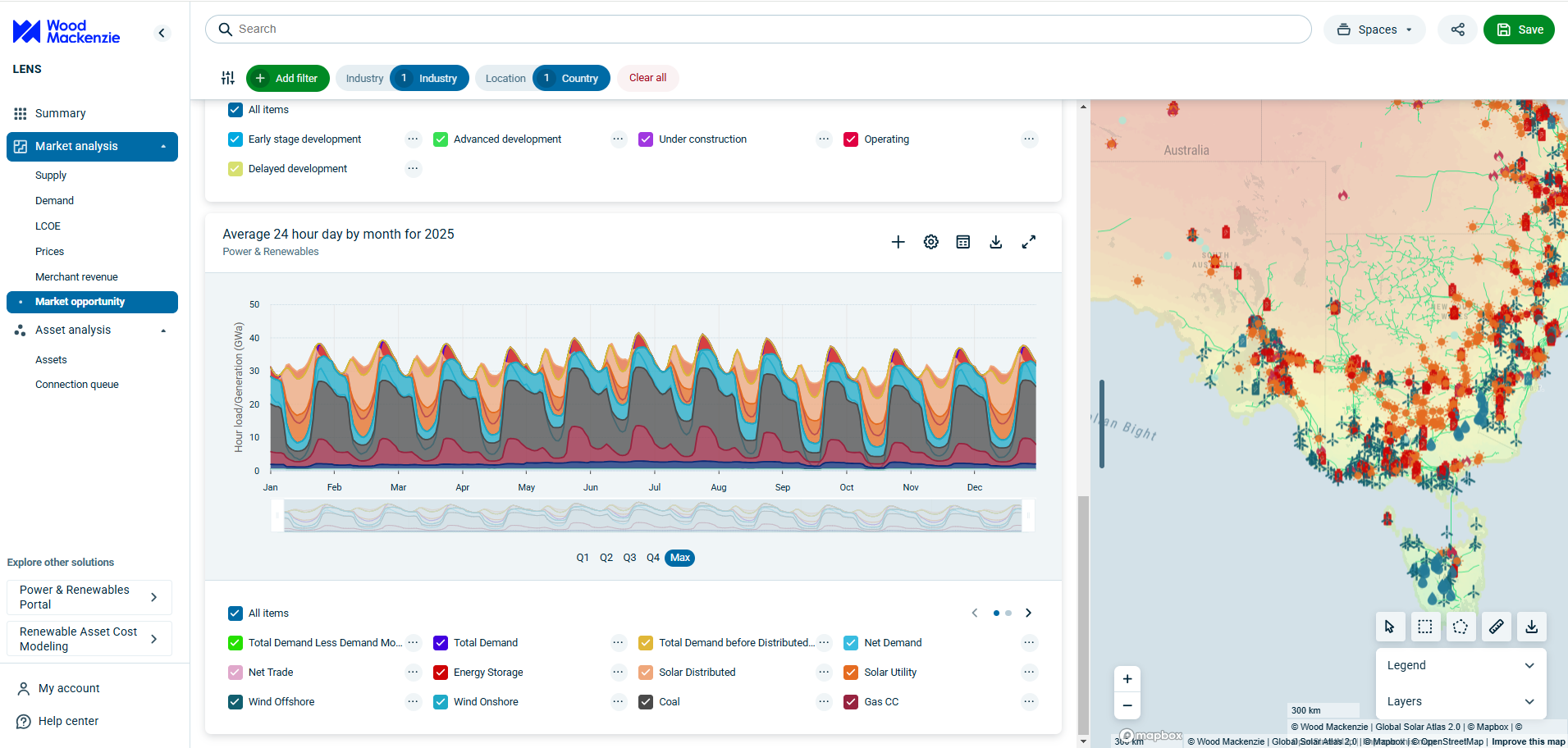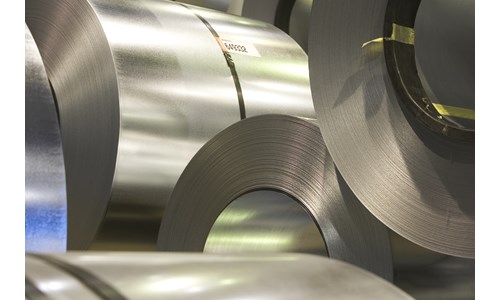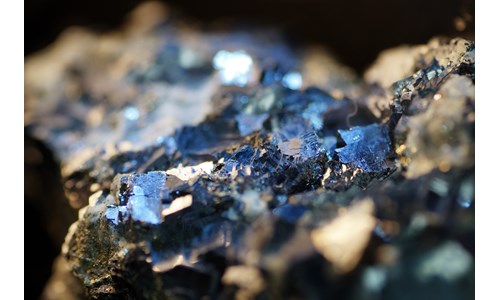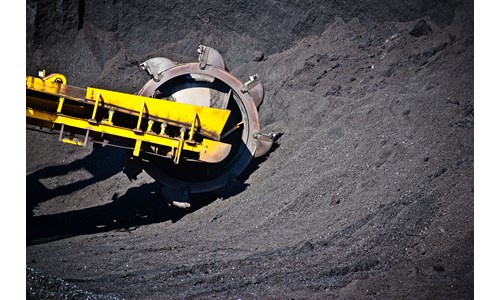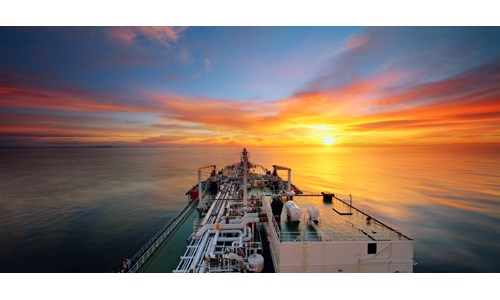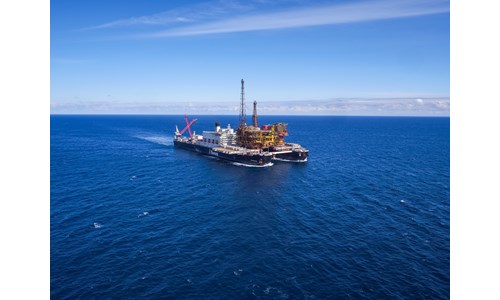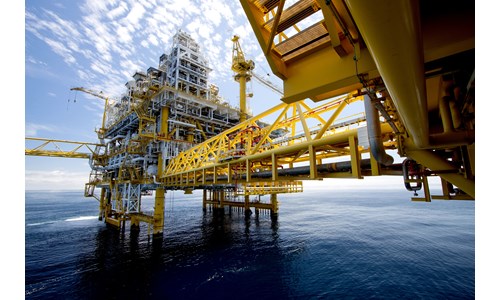Deepwater Gulf of Mexico: how are explorers commercialising discoveries?
*Please note that this report only includes an Excel data file if this is indicated in "What's included" below
Report summary
Table of contents
- Executive Summary
- Private players show resilience through low prices
-
Why is high-impact exploration not working?
- Extensive appraisal swells costs
- Appraise while developing, phase development
- Brownfield exploration is in the money
-
Infrastructure-led exploration saves the day
- Current classification of top explorers' discoveries made in the past 10 years
- Top explorers' transition to infrastructure-led exploration
- Conclusion
-
Appendix
- Definitions
Tables and charts
This report includes the following images and tables:
- Top five explorers average lead time
- Discovered volumes by peer group
- Full-cycle vs. development-cycle breakevens
- Capex/boe by project type
- Deepwater Gulf of Mexico: how are explorers commercialising discoveries?: Image 5
- Deepwater Gulf of Mexico: how are explorers commercialising discoveries?: Image 6
- 2017-2018 Selected deepwater Gulf of Mexico exploration wells
- Sanctioned projects and probable projects
What's included
This report contains:
Other reports you may be interested in
Veracruz Basin
The Veracruz basin is located to the south of the Tampico-Misantla basin along the coastal plain of the Gulf of Mexico. The basin ...
$3,720Atlantis (GC 699)
Atlantis (GC 699) is one of the largest oil fields in the deepwater Gulf of Mexico. It is located in southeastern Green Canyon ...
$3,720Thunder Horse
Thunder Horse is one of the largest oil fields found to date in the deepwater Gulf of Mexico. The monster field still contains one of ...
$3,720